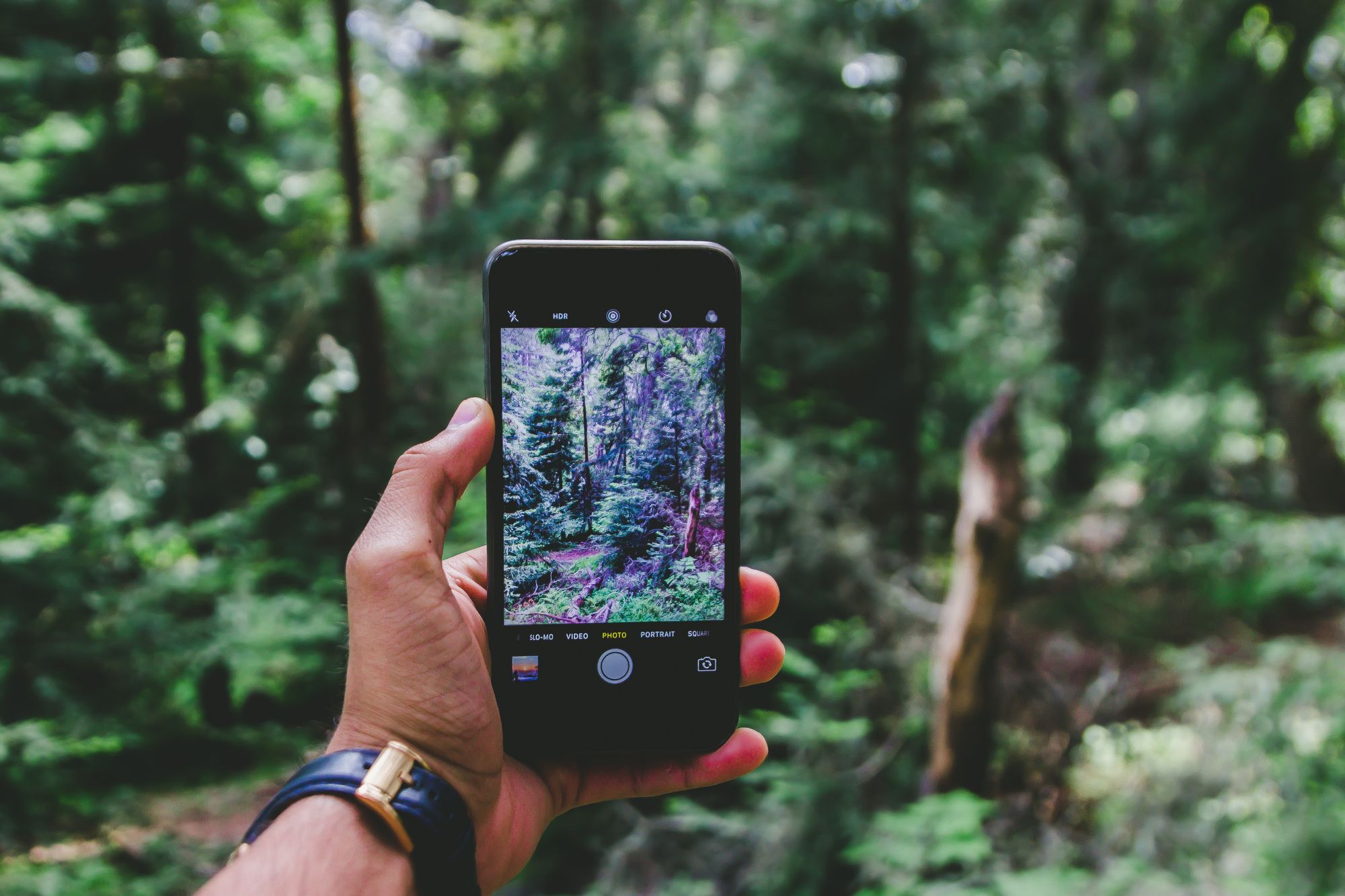Mastering Mobile Photography: Tips for Students on a Budget
Hire film gear from local filmmakers.

Hire film gear from local filmmakers.
In the digital age, the art and craft of photography have taken a fascinating turn, merging seamlessly with the rapidly evolving world of technology. Gone are the days when capturing moments required bulky cameras and a bag full of equipment. Now, everyone has a powerful camera right in their pocket, thanks to the ubiquity of smartphones. For students, especially those on a tight budget, this shift is a blessing. With the right techniques and a touch of creativity, the images captured on these devices can rival professional shots. Furthermore, the skills gained in mastering mobile photography can be invaluable, not only for personal moments but also in academic and professional settings. Just as there are professional college essay writers to aid in academic challenges, there are numerous resources and experts available to help beginners navigate the world of mobile photography.

The Basics of Mobile Photography
Understanding your device is the starting point of any creative journey with mobile photography. The modern smartphone is not just a communication device; it is an intricate piece of technology packed with features that can sometimes be overwhelming. However, with a little patience, one can grasp the essence of mobile camera technology.
Firstly, it’s essential to get acquainted with your phone’s built-in camera application. The default settings usually offer a balanced output, but to truly master the art, one must venture into the more intricate settings. Here, terminologies like ISO, shutter speed, white balance, and focus play a critical role. They control how light interacts with your camera’s sensor and, in turn, how your photos turn out. Grasping these fundamentals forms the bedrock of mobile photography and can elevate a casual snapshot into a captivating photograph.
Maximizing Your Smartphone’s Potential
The real fun begins when you start to leverage the unique features of your smartphone. While professional cameras have their charm and capabilities, smartphones come with their own set of advantages. For instance, natural light plays a significant role in photography, and understanding how it affects your shots can be game-changing.
The golden hours, the short period after sunrise and before sunset, offer the best natural lighting conditions. The soft, warm hues during these times can transform ordinary scenes into mesmerizing visuals. Alongside this, features like HDR, panorama, and portrait modes found in many modern smartphones help in capturing scenes with greater detail, wider perspectives, and enhanced depth. But it’s not just about the built-in tools; it’s about creatively using the environment around you. From employing shadows and reflections to using stabilizing techniques with everyday objects, pushing the boundaries of what’s possible with your phone is the key to truly outstanding mobile photography.
Exploring the Digital Landscape of Mobile Photography Apps
In the realm of mobile photography, the digital app market is akin to the vast resources available for academic assistance, such as online paper writer services. Much like students turning to write my college paper solutions, budding photographers look to third-party apps to bring out the best in their images. This parallel highlights how dedicated tools or expertise can refine and magnify the output, whether it’s an essay or a photograph.
Snapseed offers users the flexibility akin to a bespoke pay for paper writing service, providing tools tailored for specific photographic needs like selective editing. VSCO, celebrated for its classic presets, brings out an aesthetic in photographs that is reminiscent of the touch Paperwriter professionals give to academic papers. Adobe’s Lightroom Mobile, merging the essence of detailed RAW format shooting with nuanced post-processing tools, is the equivalent of having a detailed editing and proofreading session for your captures.
Harnessing Creative Techniques for Standout Shots
In mobile photography, the vision and technique are as interlinked as the connection between content and presentation in an academic paper. Just as a student might have a talent for crafting papers but will rely on professionals to give them the finishing touches, a mobile photographer should balance vision with technique.
Experimenting with perspectives can drastically transform the story of a photo. A low-angle shot can amplify the grandeur of a subject, much like a well-argued thesis statement in an essay. Elements like glass, water, and mirrors act as tools for photographers, much like the enhancements an ‘online paper writer’ service provides, turning a regular piece into something exceptional.
Portraits, landscapes, and close-ups each have their nuances. Just as different academic topics demand varied structures and tones, these photographic subjects require their own set of techniques. While portraits can bring out depth and emotion, landscapes capture vastness, and close-ups bring out intricate details—each technique adding a unique layer, akin to the meticulous structuring and editing of a well-written paper.
Overcoming Common Mobile Photography Challenges
Every tool has its limitations, and smartphones are no exception. However, in the realm of photography, constraints often foster creativity. One of the chief challenges with mobile photography is managing in low-light conditions. Traditional cameras come with larger sensors and better low-light capabilities, but smartphones, with their smaller sensors, often produce noise or grain in dim settings. Techniques to combat this include using slower shutter speeds (while ensuring the phone is stable), leveraging available artificial lights, or even utilizing external clip-on lights to enhance the scene.
Motion blur, another common challenge, can be both a foe and a friend. While unintended blur can ruin a shot, intentional motion blur can give life to photographs, capturing the essence of movement. This technique requires a balance of controlled movement and stable hands or equipment. And for those who are passionate about photography, inevitably, storage concerns arise. Using cloud services, external storage devices, or routinely backing up and curating photos can ensure that you always have space for that next perfect shot.
Building Your Portfolio and Sharing Your Work
A photograph’s journey doesn’t end with a click. In this digital era, sharing and showcasing your work plays a pivotal role in the photographic process. As you accumulate shots, curating them becomes essential. A well-curated portfolio can not only serve as a testament to your growth as a photographer but also open doors to professional opportunities or collaborations.
Platforms like Instagram have revolutionized photo sharing, making it easy to reach a global audience. Other platforms like 500px or Flickr cater more to photography enthusiasts and professionals, offering a space for constructive critique and appreciation. For those looking to take it a step further, creating a personal blog or website offers a dedicated space for their portfolio. Engaging with online photography communities can also offer valuable feedback, exposure, and connections in the industry.
Final Thoughts
In an age where information is abundant, skills like mobile photography stand out as valuable assets, comparable to finding the best dissertation writing service for academic challenges. Just as expert guidance can transform a simple paper into an insightful dissertation, mastering the art of mobile photography can elevate everyday moments into profound visual narratives. As we wrap up this guide, the most crucial takeaway is to remember the power that resides within your smartphone. With the right techniques, a dash of creativity, and the world as your canvas, mobile photography becomes not just a hobby but a passionate pursuit, waiting to unveil stories in every corner.






















